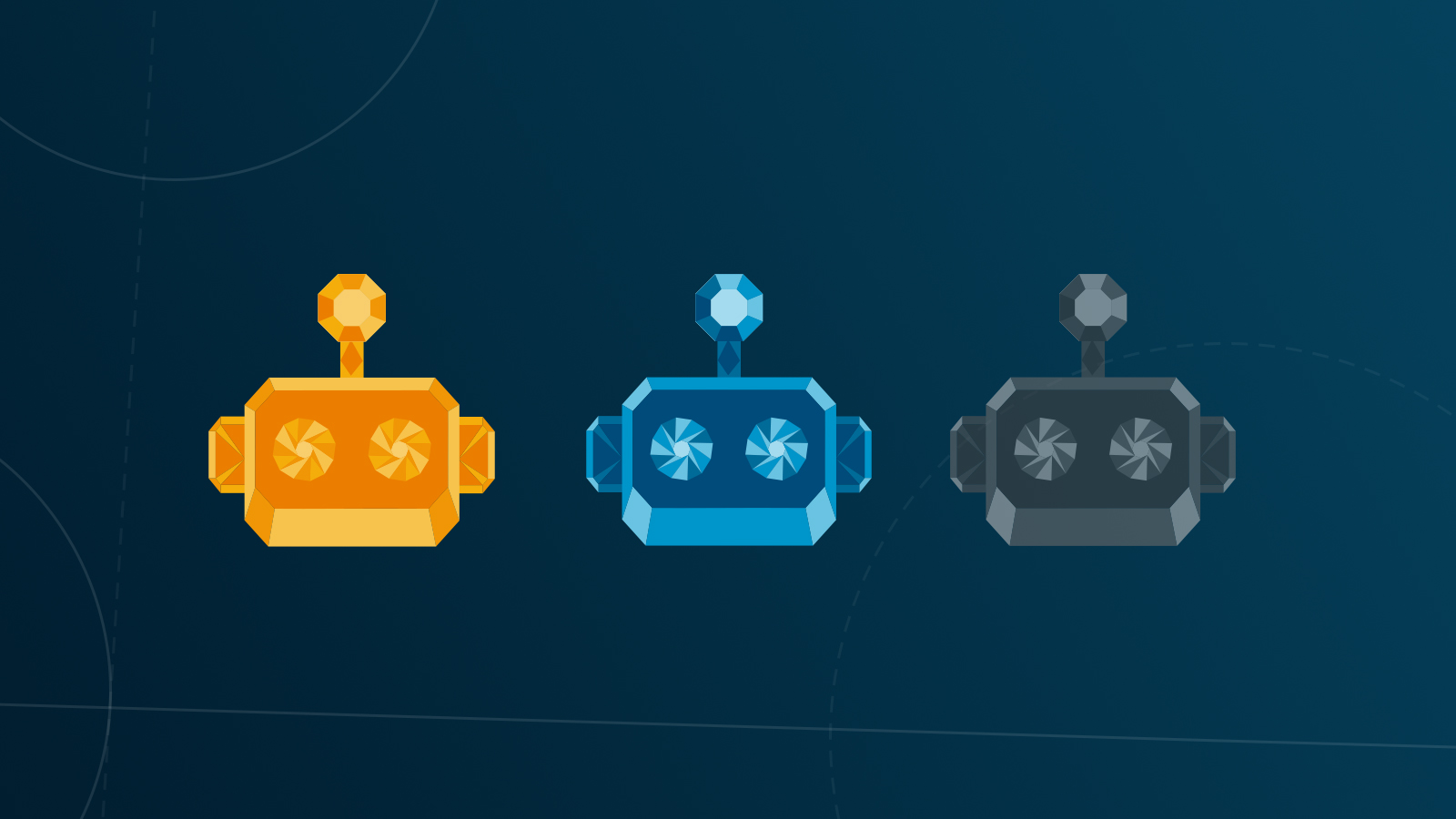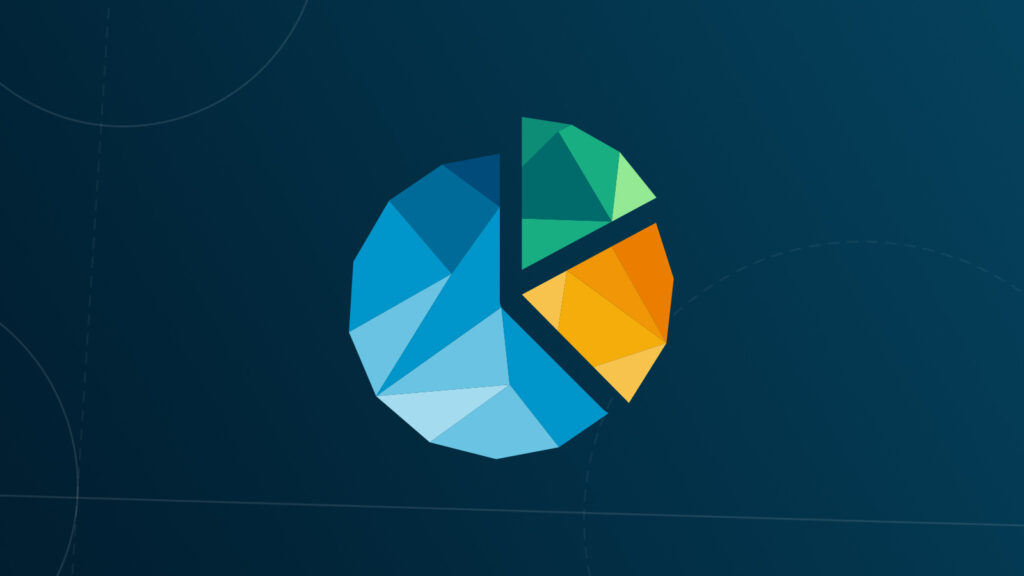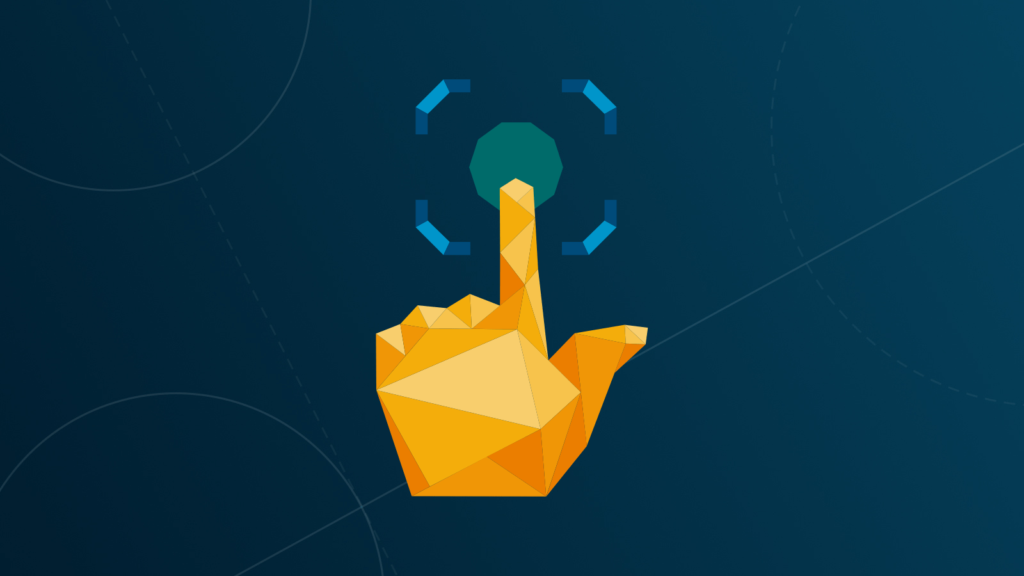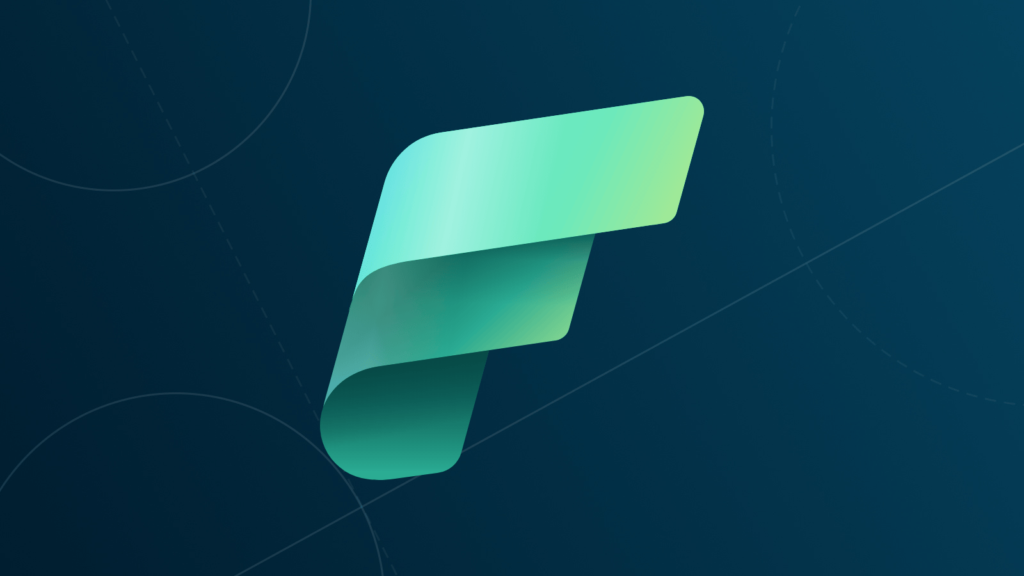
This is the second of a three-part series on Agentic AI. Here, we look at where it’s starting to appear, the power of multi-agent workflows, and how the Azure AI Foundry Agent Service can help. Check out part one if you haven’t already.
Agentic AI isn’t just assistive in nature. Instead, it’s able to use adaptive decision-making to complete a goal or reach a set target. Although it’s still early days with much greater sophistication to follow, we are already seeing Agentic AI offer many exciting possibilities and teams are beginning to be truly empowered in a number of ways.
Built-in capabilities
Agentic AI is starting to appear within existing systems and applications, and that shows no signs of slowing down. In IT, we’re seeing the beginnings of automated incident management (eg ServiceNow AI Agents), where an AI agent monitors infrastructure and, when it detects anomalies, takes action such as restarting services or allocating more resources. There are obvious benefits in terms of reduced mean time to repair (MTTR), fewer outages, and improved SLA compliance.
But Agentic AI is also appearing in other systems, and some of these may have departmental ownership which sit outside of IT’s direct control, but create governance issues for them to address.
Marketing automation platforms (such as Hubspot) are automating aspects of lead prospecting and qualification. By scanning both internal and external data sources, like LinkedIn, these platforms can identify high-value prospects target them with personalised communications, and prioritise them for conversion. Meanwhile in HR and recruitment, Agentic AI capabilities are being introduced to source, screen, and rank candidates.
Endless possibilities
Some of the most powerful uses of Agentic AI occur where it focuses on your business’ processes and challenges.
The Japanese IT provider Fujitsu has used Microsoft’s Azure AI Foundry Agent Service to automate the creation of sales proposals, using multiple specialist agents to interpret customer needs, access dispersed knowledge, apply reasoning, and generate a tailored proposal that’s contextually accurate and strategically aligned. It helps relatively new staff by surfacing insights and guidance and helps all sales staff by speeding up the process, with Fujitsu reporting a 67 per cent increase in productivity.
It’s where multiple agents are orchestrated to work together that the outcomes are really striking.
Microsoft has described how a financial services firm can automate customer onboarding process – from document collection, through identity verification and compliance checks, to account provisioning. Here, a Document Intake Agent receives a form or scanned document and, using File Search and Azure AI Search, separates information into its component parts. This then enables the agent to perform initial validation by checking required fields for completeness. A Review Agent compares customer data with regulation parameters and Know Your Customer norms, flagging any anomalies and, after a green light, a Setup Agent invokes provisioning tools to create customer accounts and send welcome messages.
The possibilities are almost endless, and you may already be thinking how such capabilities could be applied within your own organisation. That’s where Microsoft’s Azure AI Foundry Agent Service could help you.
Azure AI Foundry Agent Service: What you need to know
It’s been described as ‘an assembly line for intelligent agents’. The Azure AI Foundry Agent Service provides a platform and a framework for building intelligent agents that can reason and act.
- What you get: You get the components to create AI agents to achieve specific goals and to orchestrate them together to execute complete workflows.
- Choice: Agents are composed of a Model, Instructions, and Tools. You can choose which model you use from a growing catalogue which includes GPT-4o, GPT-4, GPT-3.5 (Azure OpenAI), Llama and others.
- Customisable: You get that same flexibility at every stage. Defining the agent’s goals, behaviour, and constraints, the tools used, and their orchestration (via Connected Agents).
- Availability: Azure AI Foundry Agent Service progressed from Preview to General Availability in May 2025, so it’s now fully supported for production workloads.
- Licensing: Licensing follows Azure’s standard consumption-based pricing, with PAYG (ie runtime), provisioned throughput, and enterprise agreement pricing options.
- Trustworthy: Microsoft has built in the security, governance and compliance features necessary to satisfy all of its enterprise clients.
Microsoft’s Agent Service isn’t the only game in town, but it does offer an extensive capability and enormous flexibility combined with superb integration with your existing infrastructure, security and governance models. For most organisations, this makes it a strong contender.
Next steps
Before you start exploring Azure AI Foundry Agent Service, there are many ways in which Agentic AI could trip you up. In our third and final blog of this series, we look at how you can get started with six key considerations. But, if you’re keen to lean more now, then you can request an introductory call with one of our subject matter experts to find out how Cloud Direct help you successfully benefit from the use of Agentic AI.




